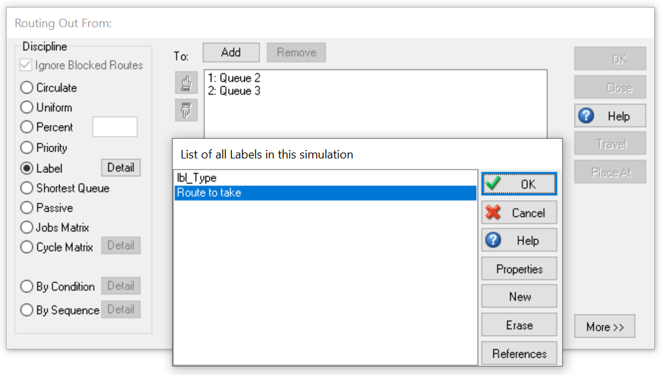

Never place 24VAC or communications wiring near other bare power wires, lightning rods, antennas, transformers, or steam or hot water pipes. Wiring and equipment separations All wiring and controllers must be installed to minimize the possibility of accidental contact with other potentially hazardous and disruptive power and lighting wiring. Never install wiring or equipment while standing in water. All outdoor wiring must be equipped with properly grounded and listed signal circuit protectors, which must be installed in compliance with local, applicable codes. Improperly protected wiring can carry a fatal lightning surge for many miles. Never install or connect wiring or equipment during electrical storms. Low-voltage wiring can carry hazardous high voltages under unsafe conditions. Most electrical injuries involving low-voltage wiring result from sudden, unexpected high voltages on normally low-voltage wiring. A safety check using a known, reliable voltage measurement or detection device should be made immediately before starting work and when work resumes.

High voltage safety test Experienced electricians, at first contact, always assume that hazardous voltages may exist in any wiring system. When possible, always handle the product by its non-electrical components. Use appropriate ESD grounding techniques while handling the product. Local codes and practices Always install equipment in accordance with the National Electric Code and in a manner acceptable to the local authority having jurisdiction.Įlectrostatic sensitivity This product and its components may be susceptible to electrostatic discharge (ESD). Read all instructions carefully before installing equipment. Important safety information and installation precautions Read all instructions Failure to follow all instructions may result in equipment damage or a hazardous condition.


 0 kommentar(er)
0 kommentar(er)
